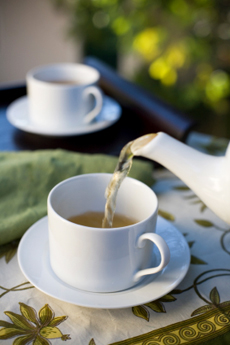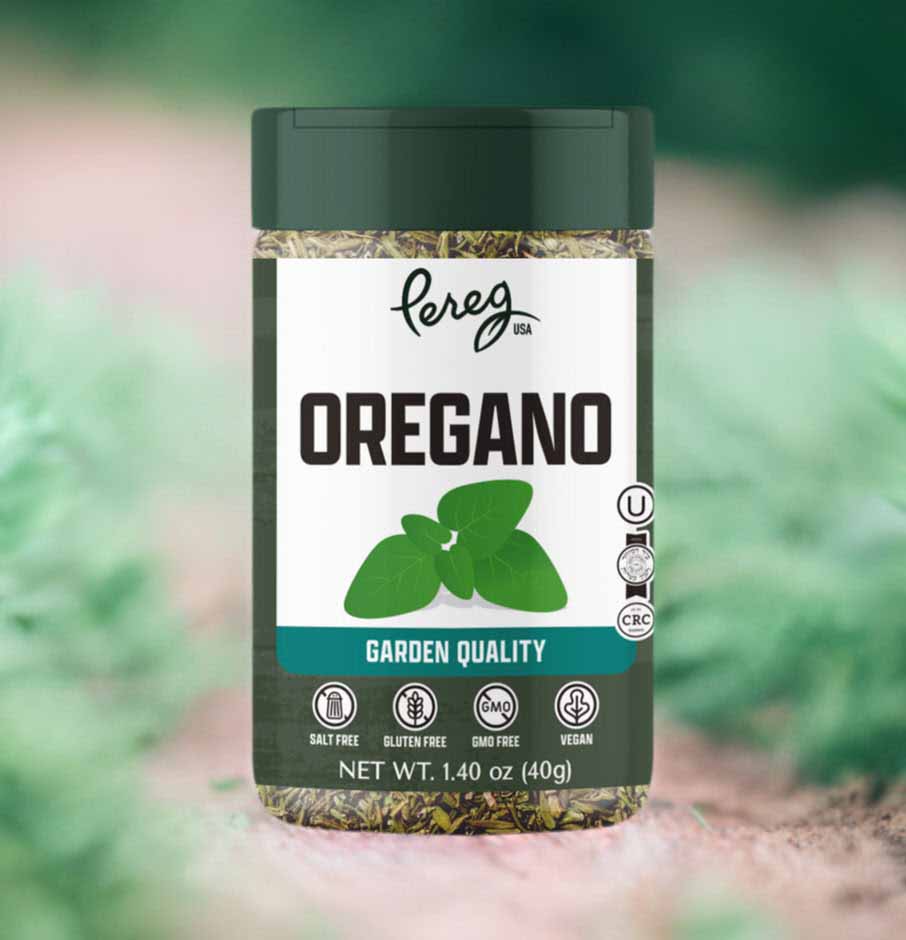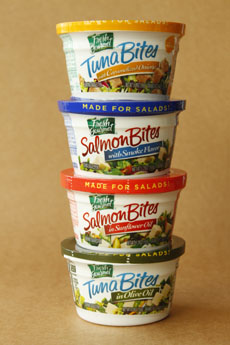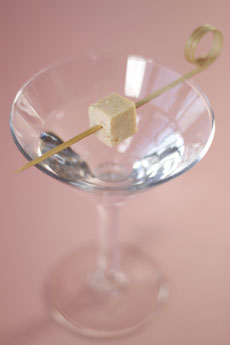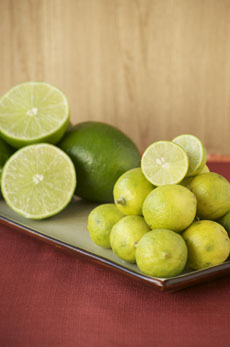|
Happy New Year!
Some people we know spend New Year’s Day in bed with a book. Others go out to brunch or a movie, watch football or go ice skating. One couple hosts an annual Bloody Mary party (January 1st is National Bloody Mary Day).
We check our dried herbs and spices for freshness (and then head to the party).
Rather than waiting for “spring cleaning,” start the new year by cleaning house in the spice cabinet.
After they are harvested, spices and dried herbs do not spoil, but they do lose their strength. Older seasonings will not flavor foods the way you want them to. That’s one reason why those jumbo club store spices are often no bargain.
Herbs and seasoning blends have a shorter shelf life than spices. Although they may look fine, dried oregano, parsley and other herbs will age to the point where they still provide a visual evidence of herbs, but no flavor.
While the packages have expiration dates, the longevity of the seasonings varies depending on exposure to air (keep those bottles tightly capped!), heat (never keep spices next to the stove or oven) and light (countertop spice racks and carousels are the enemies of freshness).
When we’re done with the spices, we start with our top cabinets and toss out foods that have expired, those we bought but will probably never eat, and so forth.
If you’re not going to eat it or don’t want the temptation (we found six jars of fudge sauce), stick it in a shopping bag and drop it off at a food bank or with friends or neighbors.
> Use this freshness checklist to ensure that your spices and herbs still have the punch you expect.
> Also check out the shelf life of foods.
|
